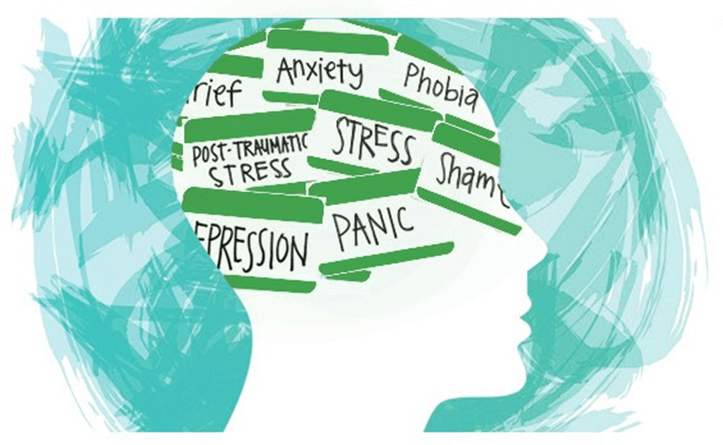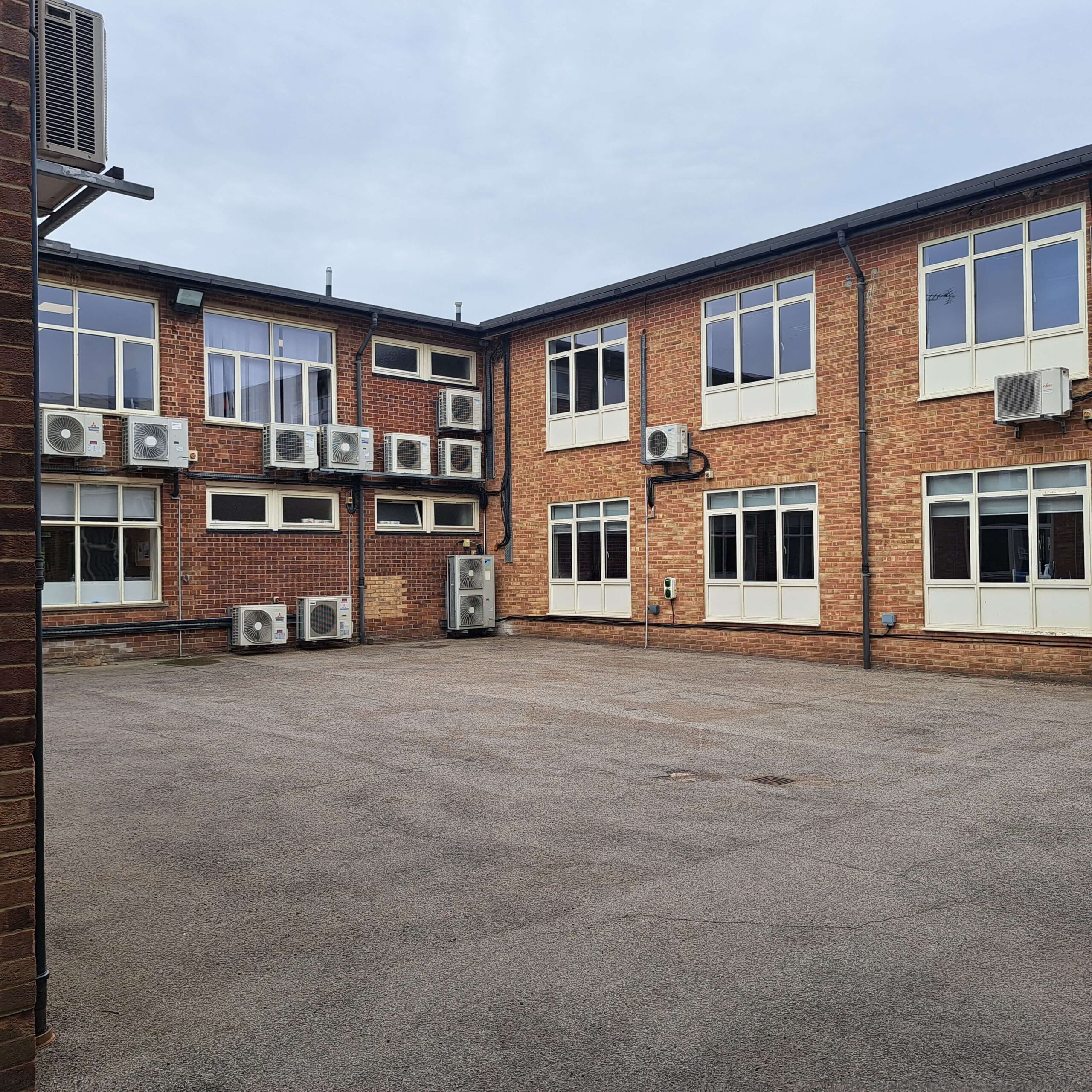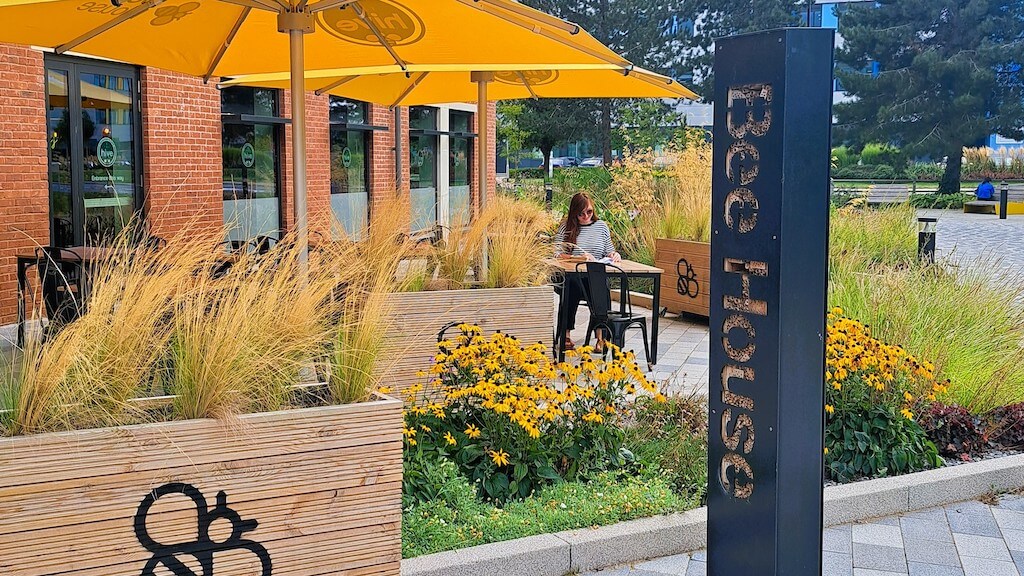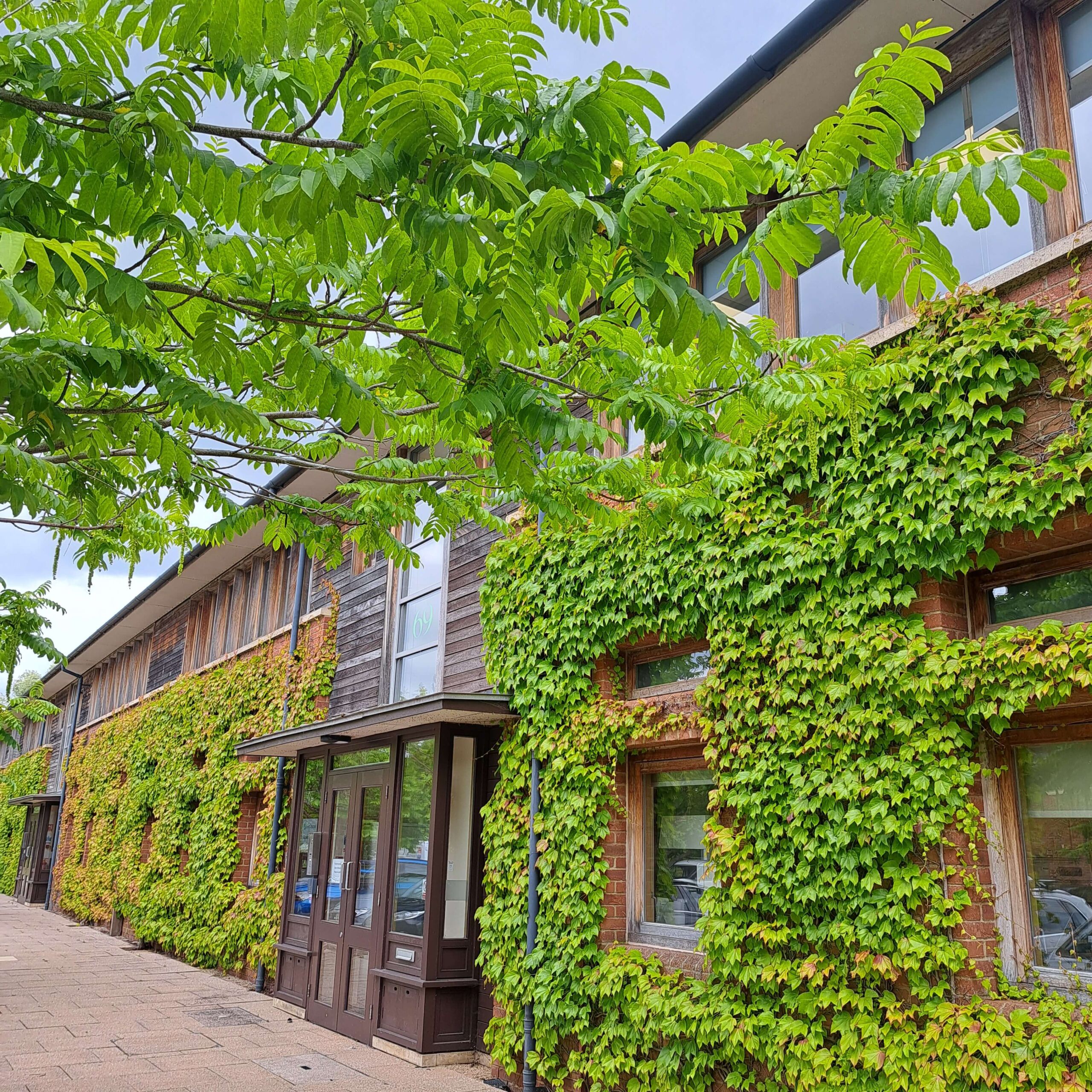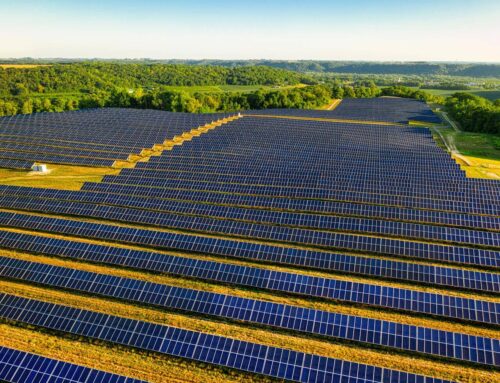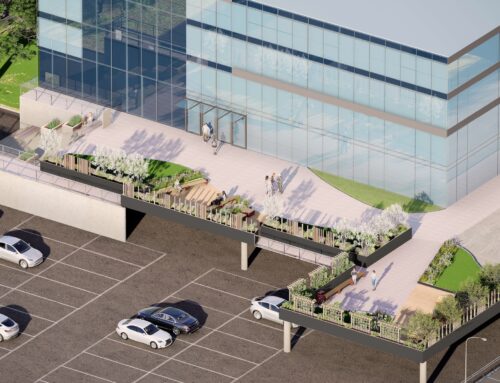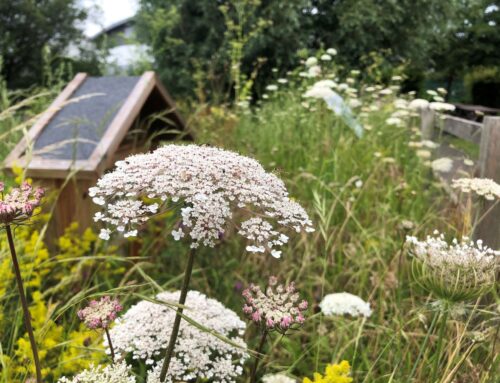Wellbeing in the Workplace Landscape: Designing for Humans
By: Veronica Flemming, Director ASA Landscape Architect
What do we mean?
We all intrinsically recognise that our environment can have a significant impact on our health and wellbeing.
The design of our environment in and surrounding the workplace can help support our mental health. Multiple studies have shown that green spaces can lower levels of stress, reduce rates of depression and anxiety, reduce cortisol (our stress hormone) levels and improve our general wellbeing.
Wellbeing: The state of being comfortable, healthy, or happy.
Oxford English Dictionary
Living in urban areas is a recent phenomenon. Our oldest cities are some 6000 years old, yet we have been around for at least 300, 000 years, however it is only in the last 20th century that urban living has really taken off.
It should be no surprise then, that on an evolutionary basis we respond positively to natural elements (trees, savannahs, lakes) that were essential for our ancestor’s survival.
In short, the environment in which humans have evolved has shaped our brain – being in nature makes us feel good.
Global urban population has soared in the last 200 years from 8.8% in 1820 to 56.6% in 20232, and as our population becomes increasingly urbanised, we spend increasingly less time exposed to natural environments.3
The state of our mental health
Research shows that the UK is facing a significant increase in mental health issues. The amount of people with common mental health problems went up by 20% between 1993 and 2014, in both men and women.4
Shockingly, 55% of workers say their employment has an adverse effect on their mental health5, with 12.7% of all sickness absence days in the UK attributed to mental health conditions6.
Whilst lack of sleep, money and family worries are some of the primary causes of stress7, our work environment can have a very real impact on our wellbeing.
The good, the bad and the ugly
Many work environments lack thoughtful landscape design, with priority given over in the design process to:
- Maximising built form
- Car-parking and EV chargers
- Bin/Bike/Gas storage
- Turning circles
- Drainage features
Spaces for people to relax, decompress, socially interact or have attractive views out are rarely formally prioritised or quantified, unlike the items identified above.
The general examples in the photos above can be found in every town and city in the UK. Stepping out of the work environment for a break into these spaces, it becomes clear that these landscapes can make us feel anxious, unwelcome, too hot/cold, exposed to the elements and being looked upon. They do not create places where which support our wellbeing.
The Challenges
Quantifying the cost/benefits of landscapes designed for human wellbeing remains a challenge. BREEAM touches upon this as part of Hea 07 ‘Safe and healthy surroundings’, and Fitwel and WELL accreditation can also positively account for a well-designed landscape in a built environment. However, these are not universally applied, and often target ‘high-end’ development. Arguably the need for outdoor spaces that support wellbeing, is greater in the less well-paid industries, where outdoor space for occupier wellbeing is not prioritised ie. logistic/distribution shed.
In the design process, prioritisation is nearly always given to building development and parking over areas of landscape designed for people and nature. The recent implementation of Biodiversity Net Gain metric has altered that dynamic somewhat. However, that gives weighting to how biodiverse a habitat is, rather than the wellbeing a landscape might provide to people using the space.
Landscape design is often viewed as ‘greenery’ or ‘beautification’ to be applied to left-over spaces after a site has been designed out. Often Landscape Architects are brought into the conversation once the proposed building/road network has already been established, making the creation of well-connected and situated spaces for people, an uphill challenge.
Possible Solutions
It is imperative that the development/construction industry recognises that well designed, strategic landscapes significantly impact building performance, providing green services ie. water/energy efficiency/, contributing towards planning approval and let-ability of spaces, as well as occupant wellbeing. Furthermore, this should be included in the brief from the outset, assisted by regulatory changes that introduce universal requirements on the provision of outdoor space for occupier wellbeing, in conjunction with biodiversity requirements.
To achieve a successful scheme, early collaboration and consultation in the design process is essential to ensure that landscape design goes beyond being a decorative after-thought to become a well-conceived landscape providing multi-functional benefits.
Collectively, we need to recognise that access to nature in the workplace is a necessity, not just an ‘amenity’, and a crucial factor in supporting our wellbeing.

If you want to find out more, feel free to contact us for some informal advice about your project.


